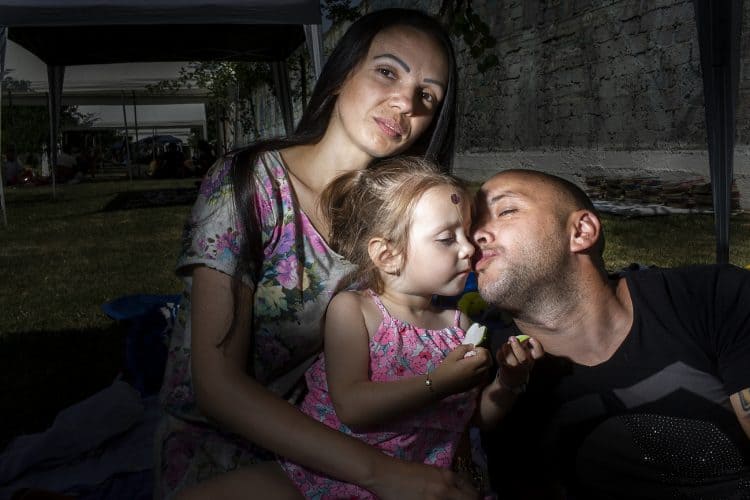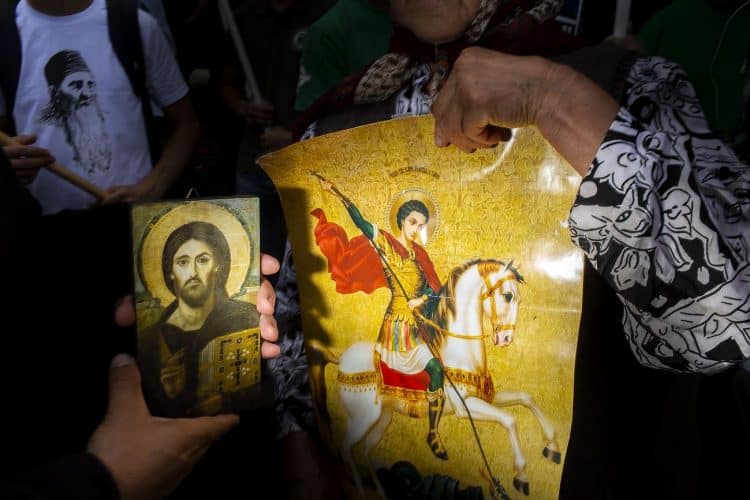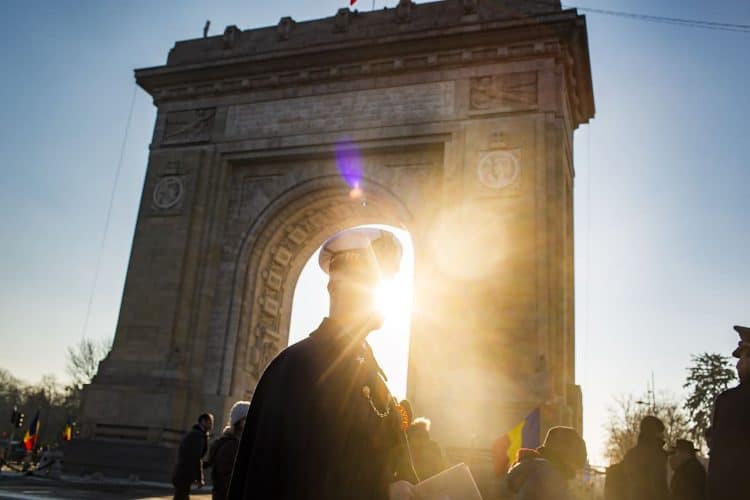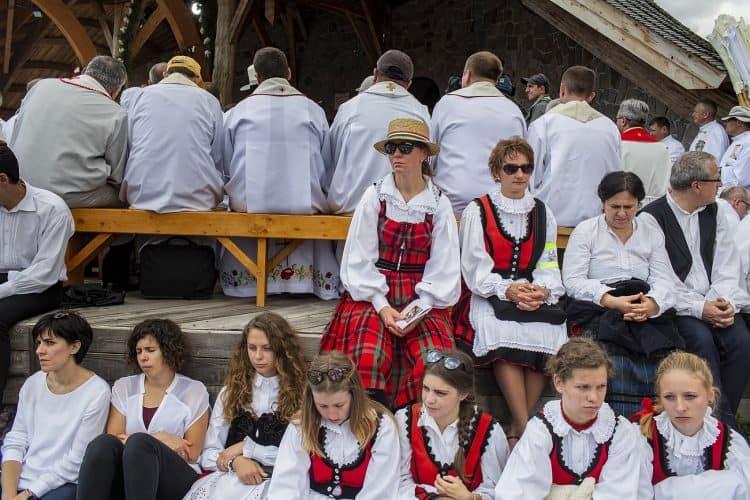100 years ago, one of the Romanian nation’s biggest and most important political goals – the Great Union – finally happened. Following the The Great Union, Romania was marked by events and challenges such as The World War II, the Communist regime and the 1989 coup d’etat.
These are some of the events I chose to cover to mark Romania’s centennial.
The end of World War I, one of the bloodiest events in the world’s history, was soon followed by one of the most important historical events in Romania’s history – the Great Union of 1918, which brought hope to all Romanians. The Great Union represented the unification of all provinces where the Romanians were in the majority, namely Transylvania, Banat, Crisana, Maramures, Bessarabia, and Bukovina, with the Kingdom of Romania, to form one national state. On December 1, 1918, the National Assembly in Alba Iulia was held, where the 1,228 elected delegates unanimously adopted the union resolution. The unification declaration was read during a public event attended by over 100,000 Romanians.










